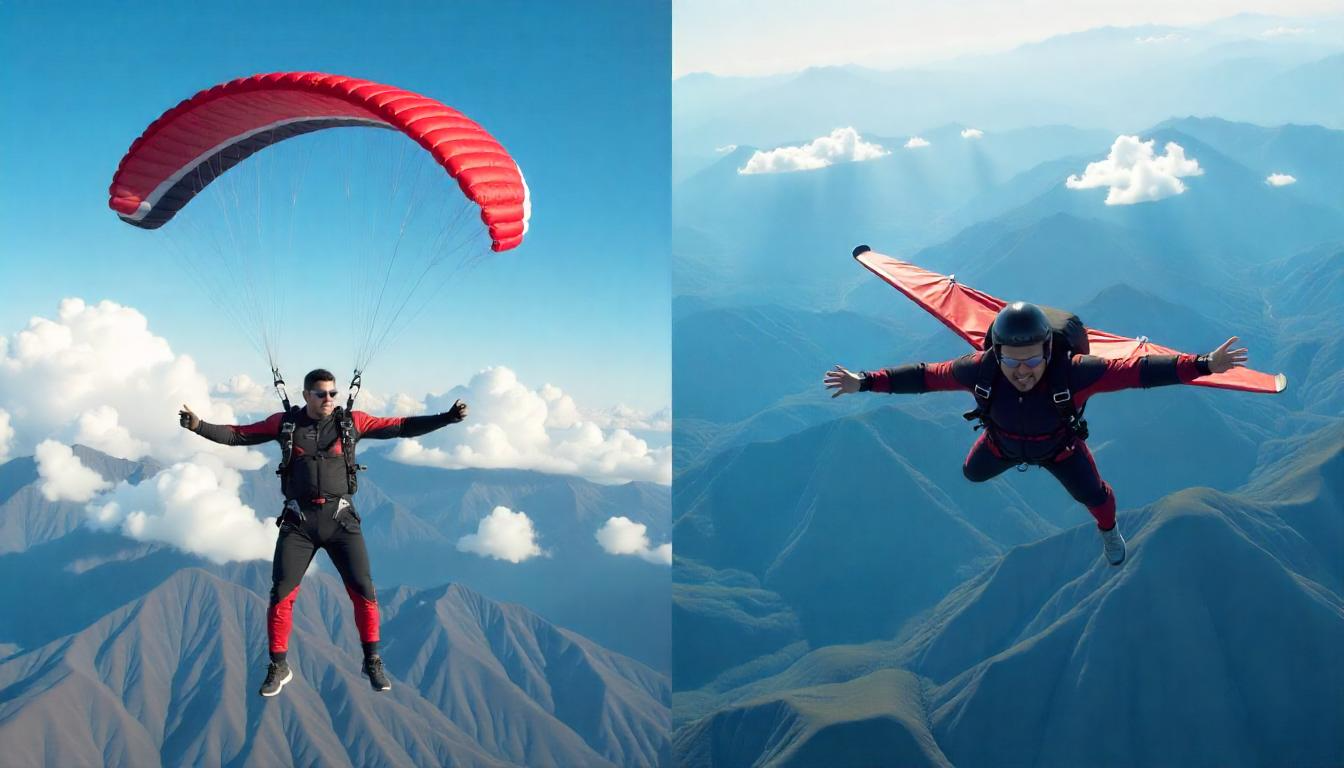Wing surfing and kite surfing are both exciting water sports that take advantage of the wind to help riders move smoothly across the surface of the water. These sports bring a sense of thrill and freedom, drawing in fans from all over the world who enjoy the fresh air and the splash of the ocean.
Wing Surfing involves a special inflatable wing that the rider holds while standing on a board. The wing catches the wind, helping the rider to guide and move smoothly over the water. This sport is known for its simplicity and ease of use, making it accessible to beginners. Riders can enjoy the feeling of flying above the water while still having control over their movements.
Kite surfing involves a large kite that is connected to the rider using harness straps. As the kite pulls the rider, they glide across the water while balancing on a board. Kitesurfing often offers more power and speed due to the larger size of the kite and the way it catches the wind. This sport tends to involve more tricks and jumps, which can be appealing to those looking for a more extreme experience.
Although wing surfing and kitesurfing share the common goal of using wind to move across water, their differences lie in the equipment and techniques used. Wing surfing offers a lighter, more free-form way to ride the waves, while kitesurfing provides a more intense experience with greater potential for aerial maneuvers. Each sport has its own unique style and set of challenges, catering to different preferences among water sports enthusiasts.
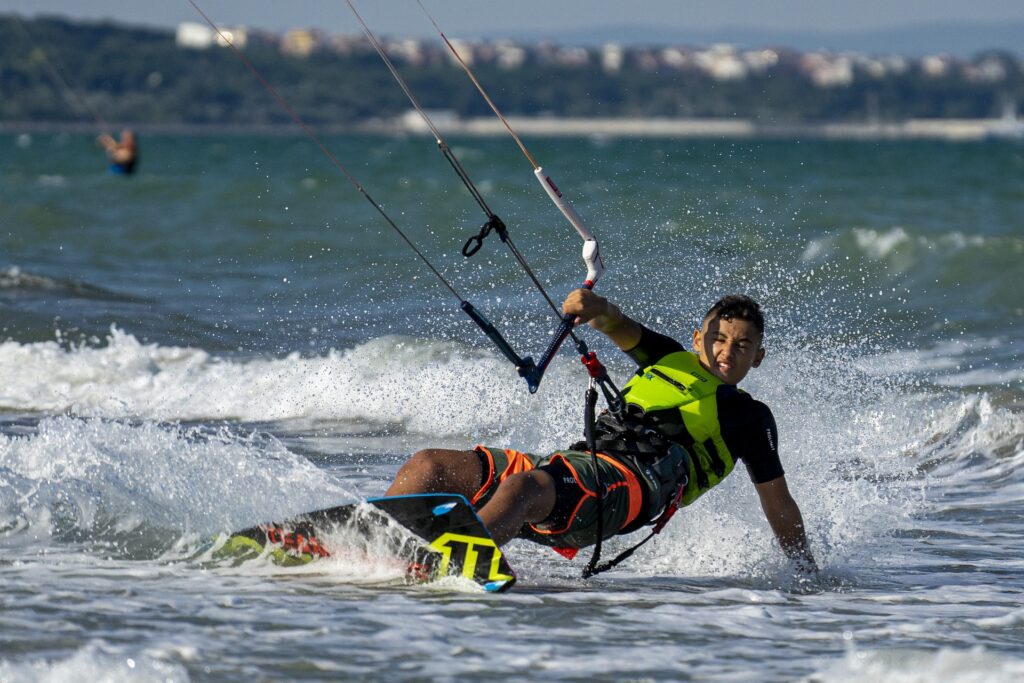
Equipment
Wing Surfing: Wing surfing involves a simpler set of equipment. A wing surfer can be termed as having a wing and a hydrofoil board only at its core.
The wing acts like a sail that catches the wind and propels the surfer across the water. The hydrofoil board, which is designed to lift above the water surface, helps create a smooth and fast ride. One of the major advantages of wing surfing is that the equipment is lightweight and compact, making it much easier to transport. It can be easily packed into a car or carried to the beach. Additionally, storing the equipment at home takes up less space, which is beneficial for those with limited storage options.
Kite Surfing: On the other hand, kitesurfing requires a more complex setup with several pieces of equipment. A kitesurfer uses a kite that is attached to a control bar and harness, which allows the rider to steer the kite effectively. Along with the kite, a board is also needed for riding on the water. The process of setting up kitesurfing equipment can take more time and often requires specialized knowledge. The arrangement and tuning of the kite, along with securing the lines correctly, are crucial for safe and effective kitesurfing. This complexity can make kitesurfing a bit more challenging for beginners compared to wing surfing.
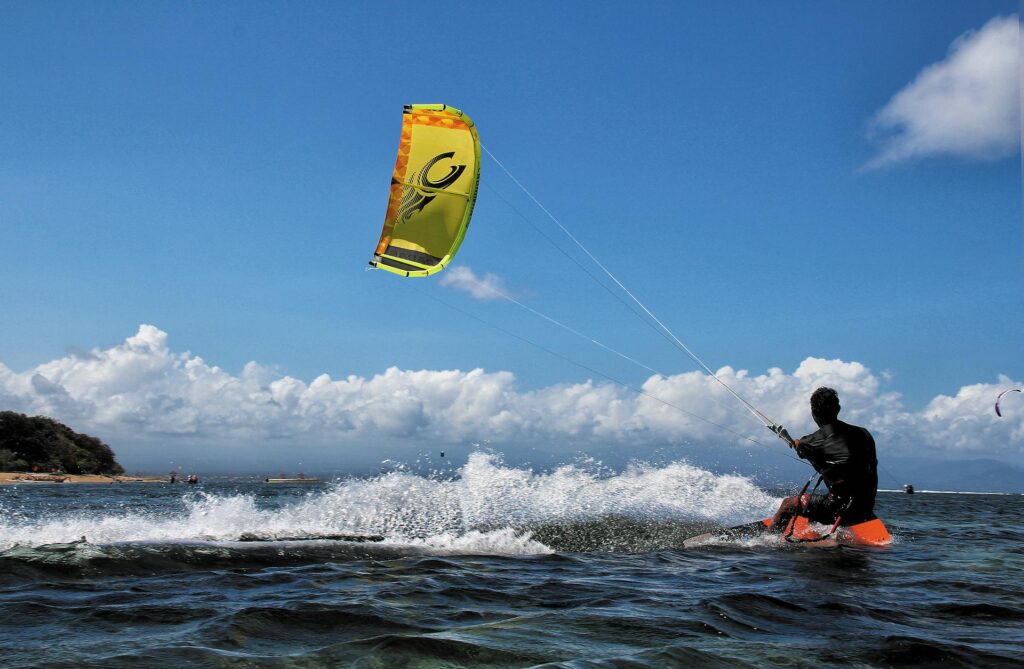
Learning Curve
Wing Surfing: is widely regarded as an easier sport for people who are just starting out. The design of the wing makes it more intuitive for beginners to control. As individuals learn the basics, they often find that they can quickly grasp how to balance and maneuver on the water. The sensation of flying over the waves tends to feel more natural, which helps new learners gain confidence and enjoy their time on the water from an early stage. As they become more comfortable, they can progress quickly, trying out new techniques and enjoying the sport.
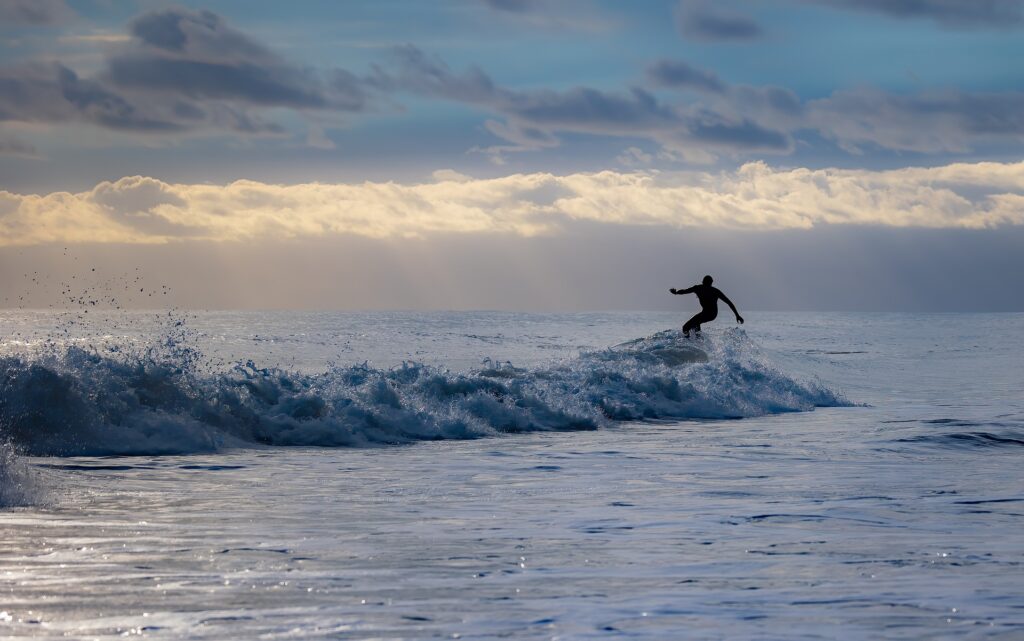
Kite Surfing: presents a steeper learning curve. Those new to kitesurfing usually face greater challenges that require time, practice, and coordination to overcome. Learning to control the kite involves understanding how to manage power and direction, which can be quite complex for beginners. The wind conditions, the size and type of the kite, and the way it interacts with the water all play a crucial role in mastering the sport. As a result, newcomers may spend a considerable amount of time practicing before they feel fully in control and confident in their abilities. This process can be frustrating but is often rewarding for those dedicated to mastering kitesurfing.
Wind Conditions
Wing Surfing: enthusiasts can enjoy the experience in a broader variety of wind conditions. This sport is not limited to just strong winds; it can be practiced in both light and heavy winds. The design of the wing is specifically made to create power effectively, regardless of whether the breeze is gentle or strong. This versatility allows riders to take advantage of different weather conditions, making it more accessible for those who might not have the opportunity to wait for ideal wind speeds.
kite Surfing: typically demands stronger wind conditions for the best performance. The kite used in this sport requires sufficient wind strength to provide enough lift for the rider. When the wind is too light, it may not generate the necessary power to keep the kite in the air, which can lead to less thrilling experiences. Therefore, kitesurfers often need to be more selective about when and where they choose to ride, as lighter winds may limit their ability to enjoy the sport fully.
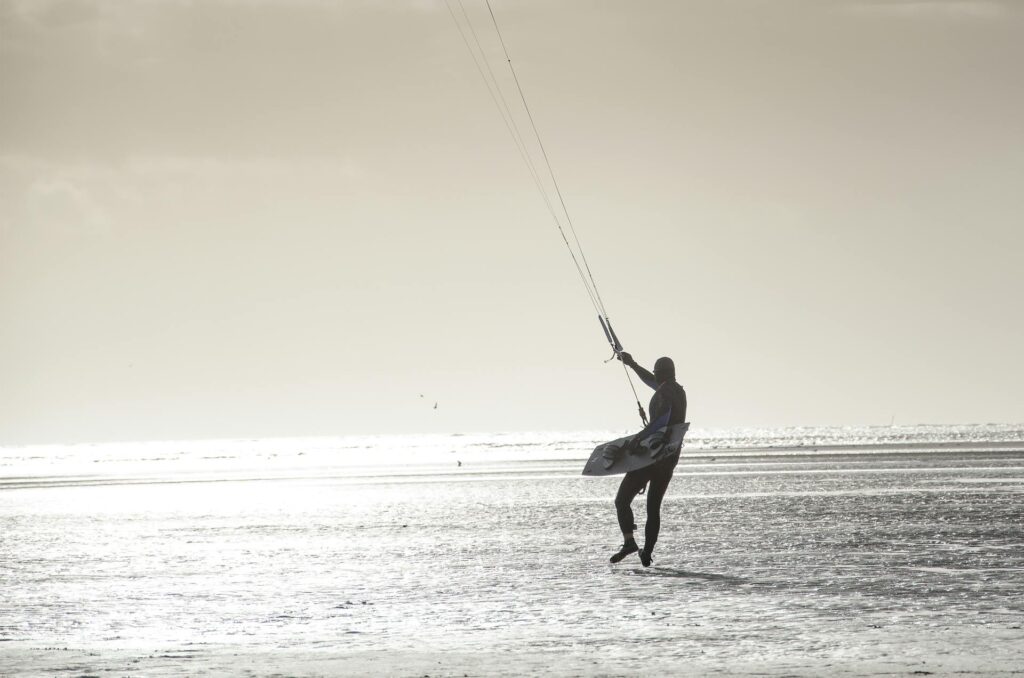
Physical Demands
Wing Surfing: Wing surfing is an exciting water sport that involves using a wing to catch the wind while riding on a board. One of the key physical requirements for this sport is a strong upper body and a stable core. Upper body strength is essential because participants must lift and maneuver the wing effectively to harness the wind’s power. Core stability is equally important, as it helps maintain balance and control while gliding on the water. Additionally, the physical effort in wing surfing is more evenly spread across different muscle groups, which can make it less exhausting over time.
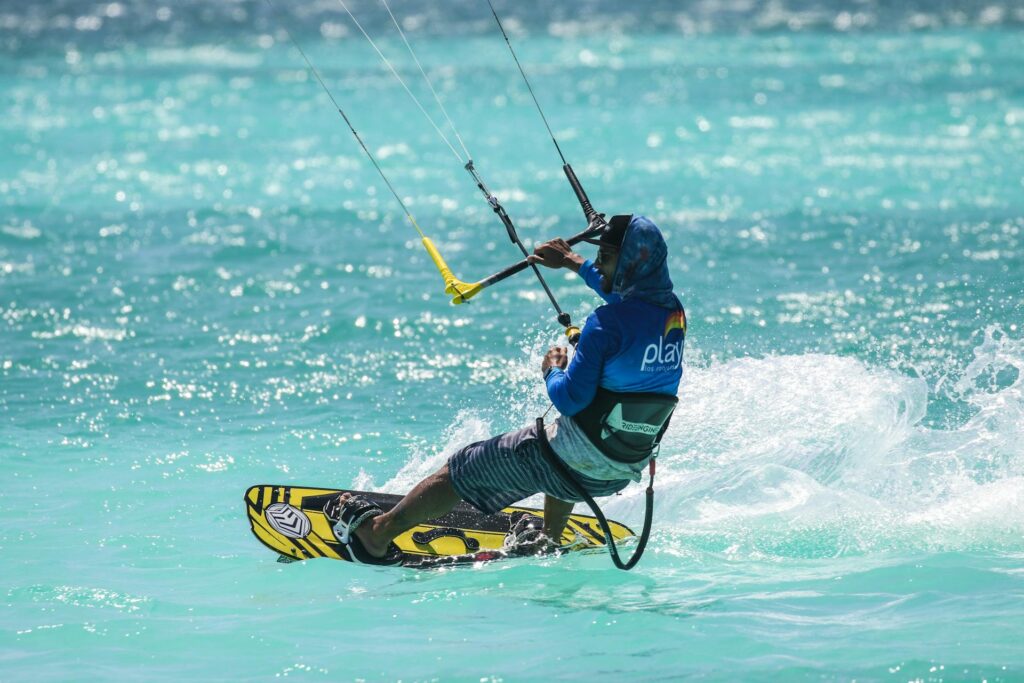
Kite Surfing: Kitesurfing, on the other hand, is a sport that demands a significant amount of upper body strength and endurance. Participants are attached to a large kite that pulls them across the water, and this constant pulling can put a lot of strain on the muscles. As kite surfers navigate through the waves and manage the kite, they must continuously engage their upper body, especially their arms and shoulders, to keep control. The physical demands involved with kitesurfing can lead to fatigue, making it important for practitioners to build endurance and strength over time to fully enjoy the experience.
Maneuverability
Wing Surfing: When it comes to wing surfing, this sport stands out for its superior maneuverability and responsiveness. The design of the wing allows riders to make quick adjustments, which means they can easily shift their position and perform a variety of tricks. Whether it’s sharp turns or swift transitions, the wing provides the control needed to navigate smoothly. This flexibility makes wing surfing appealing to both beginners and experienced surfers, who appreciate the ability to adapt to different conditions and execute impressive moves on the water.
Kite Surfing: On the other hand, kitesurfing offers a dynamic and highly acrobatic experience. The kite in kitesurfing is designed to generate significant power and lift, which enables riders to achieve high-flying jumps and spins. This makes the sport exciting and thrilling, as the power of the kite allows for a wide range of aerial maneuvers. Riders can execute flips and rotations while being lifted high above the water, adding an element of adrenaline to their experience. The interaction between the kite and the rider creates opportunities for pushing personal limits and exploring new tricks.
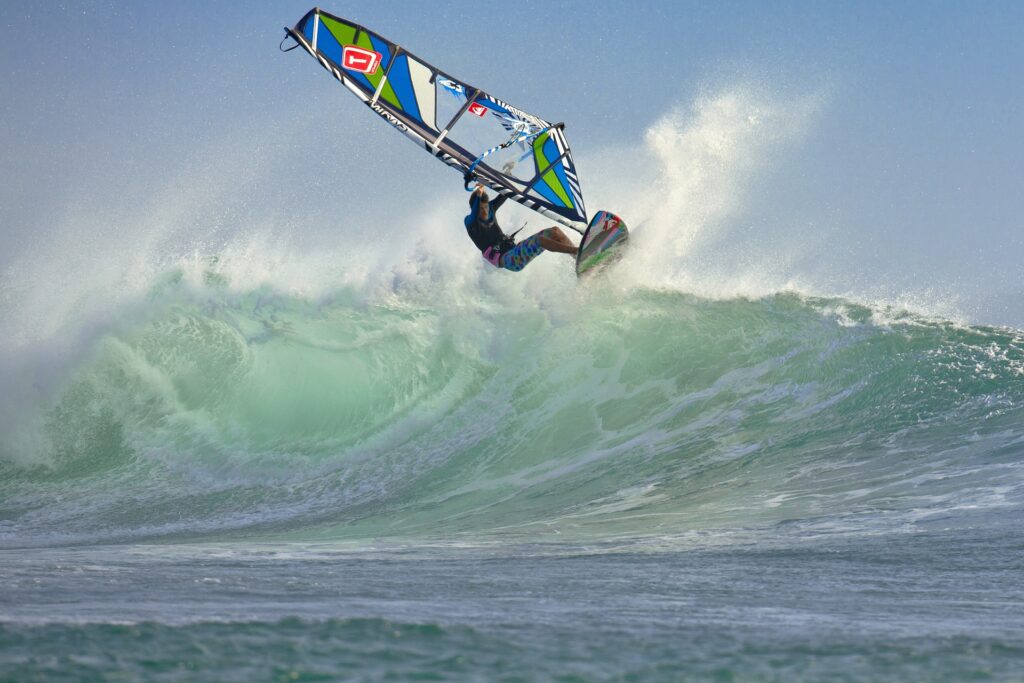
Conclusion
In summary, both wing surfing and kitesurfing provide unique advantages in terms of maneuverability. Wing surfing emphasizes quick adjustments and versatile tricks, while kitesurfing focuses on dynamic movements and spectacular aerial displays. Each sport contributes to an exhilarating experience on the water, catering to different styles and preferences among riders.
When deciding between wing surfing and kitesurfing, it is important to recognize that the best choice largely depends on individual preferences as well as physical abilities and the wind conditions in your area. Wing surfing, which involves using a handheld wing while standing on a board, provides a sense of freedom and flexibility that many find appealing. On the other hand, kitesurfing, which utilizes a large kite for propulsion while the rider stands on a board, offers a different kind of excitement and control. Each sport has its own unique challenges and rewards that can cater to different tastes.
For those who enjoy a more straightforward setup and the ability to easily navigate without much equipment, wing surfing may be the ideal option. Conversely, kitesurfing can be better suited for individuals who prefer a sport that involves more complex techniques and requires mastering the art of kite control.
Additionally, local wind conditions play a crucial role in determining which sport might be more enjoyable or feasible. Areas with consistent and strong winds might favor kitesurfing, while lighter winds may be better suited for wing surfing. Both sports provide an exhilarating experience and the chance to enjoy the beauty of water and wind, so trying each one could be beneficial to see which resonates more with you. Exploring both options can lead to a deeper understanding of your own skills and preferences in the world of water sports.


